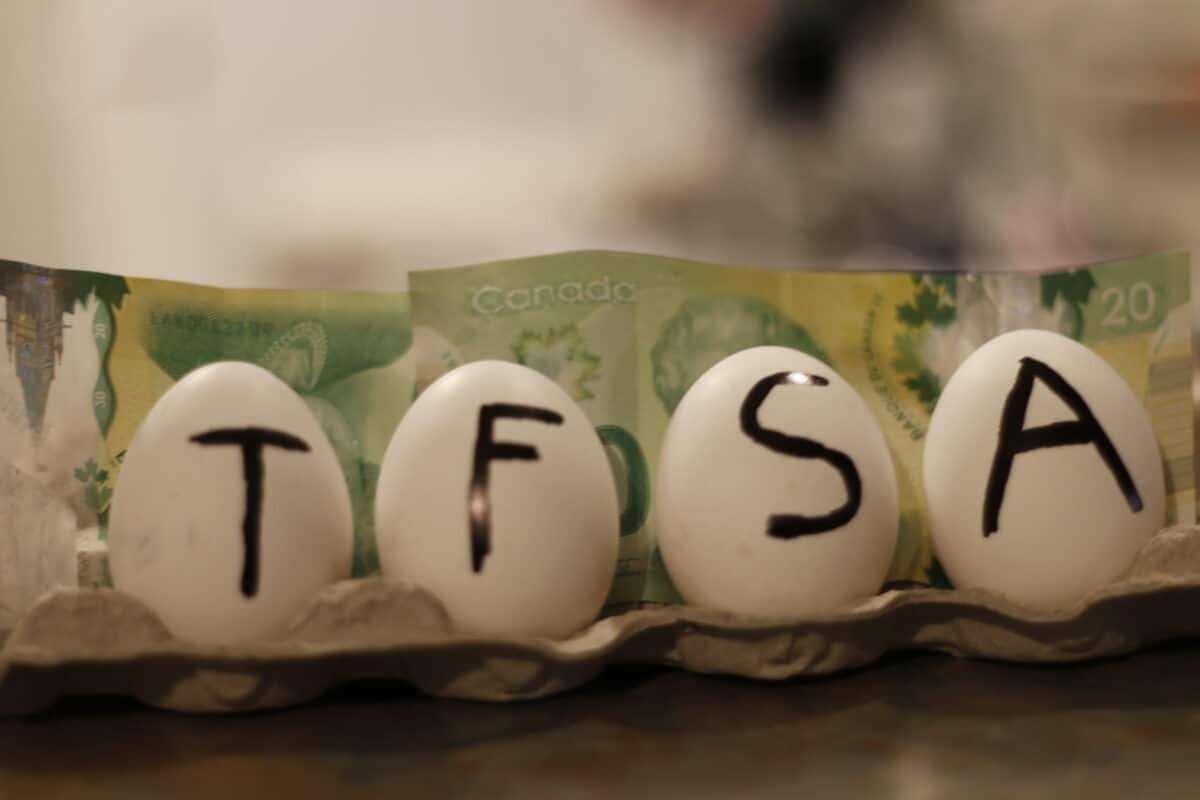Retirees are searching for ways to get better returns on their savings to bolster pension income amid rising living costs. One popular strategy involves using a Tax-Free Savings Account (TFSA) to hold income-generating investments.
TFSA advantage
Canada launched the TFSA in 2009 as a new tool to help people set cash aside for financial goals. Since inception, the maximum cumulative contribution space per person has grown to $95,000. The TFSA limit is $7,000 in 2024. Increases to the size of the annual limit are connected to inflation and implemented at $500 increments.
All dividends, interest, and capital gains generated inside a TFSA are tax-free and can be removed as income or fully reinvested. Any money removed from the TFSA during the year will open up equivalent new contribution space in the following calendar year, in addition to the normal TFSA limit. This provides good flexibility for people who might need to access some cash for an emergency or a special occasion and plan to replace it in the TFSA later.
Retirees, in particular, should consider holding income-generating investments inside a TFSA before putting funds in a taxable trading account. Income earned from TFSA investments doesn’t count toward the net world income calculation the CRA uses to determine the Old Age Security (OAS) pension recovery tax. The OAS clawback, as it is otherwise known, is a 15% OAS reduction that kicks in after net world income tops a minimum threshold. The number to watch in the 2024 income year is $90,997. For example, a pensioner who has net world income of $100,997 in 2024 would see their OAS reduced by a total of $1,500 for the July 2025 to June 2026 payment period.
Good TFSA investments
The recent interest rate cuts by the Bank of Canada and subsequent plunge in bond yields have quickly reduced the rates being offered on guaranteed investment certificates (GICs) by financial firms. Investors can still get GIC rates above 4%, but the trend will likely continue to the downside as more rate cuts are expected from the central bank.
Dividend stocks come with capital risk, but many top TSX dividend-growth names currently trade at discounted prices and offer attractive dividend yields that are above the GIC rates.
Enbridge
Enbridge (TSX:ENB) raised its dividend in each of the past 29 years and more gains should be on the way. The energy infrastructure giant is in the process of closing its US$14 billion purchase of three natural gas utilities and has a $25 billion capital program on the go that will drive additional revenue growth. As new assets go into service, the company expects distributable cash flow (DCF) to increase by 3% per year through 2026 and then at a rate of 5% starting in 2027. This should support ongoing dividend increases in the same range.
Enbridge trades near $51.50 at the time of writing compared to $59 in 2022, so there is decent upside potential as interest rates decline and funds rotate cash out of tech and into dividend stocks. Investors who buy ENB stock at the current level can get a 7% dividend yield.
The bottom line on TFSA passive income
Investors can still easily put together a diversified portfolio of GICs and quality high-yield dividend-growth stocks to get an average yield of 5%. On a TFSA portfolio of $95,000, this would generate $4,750 in annual tax-free passive income, which won’t put an OAS at risk of a clawback.









